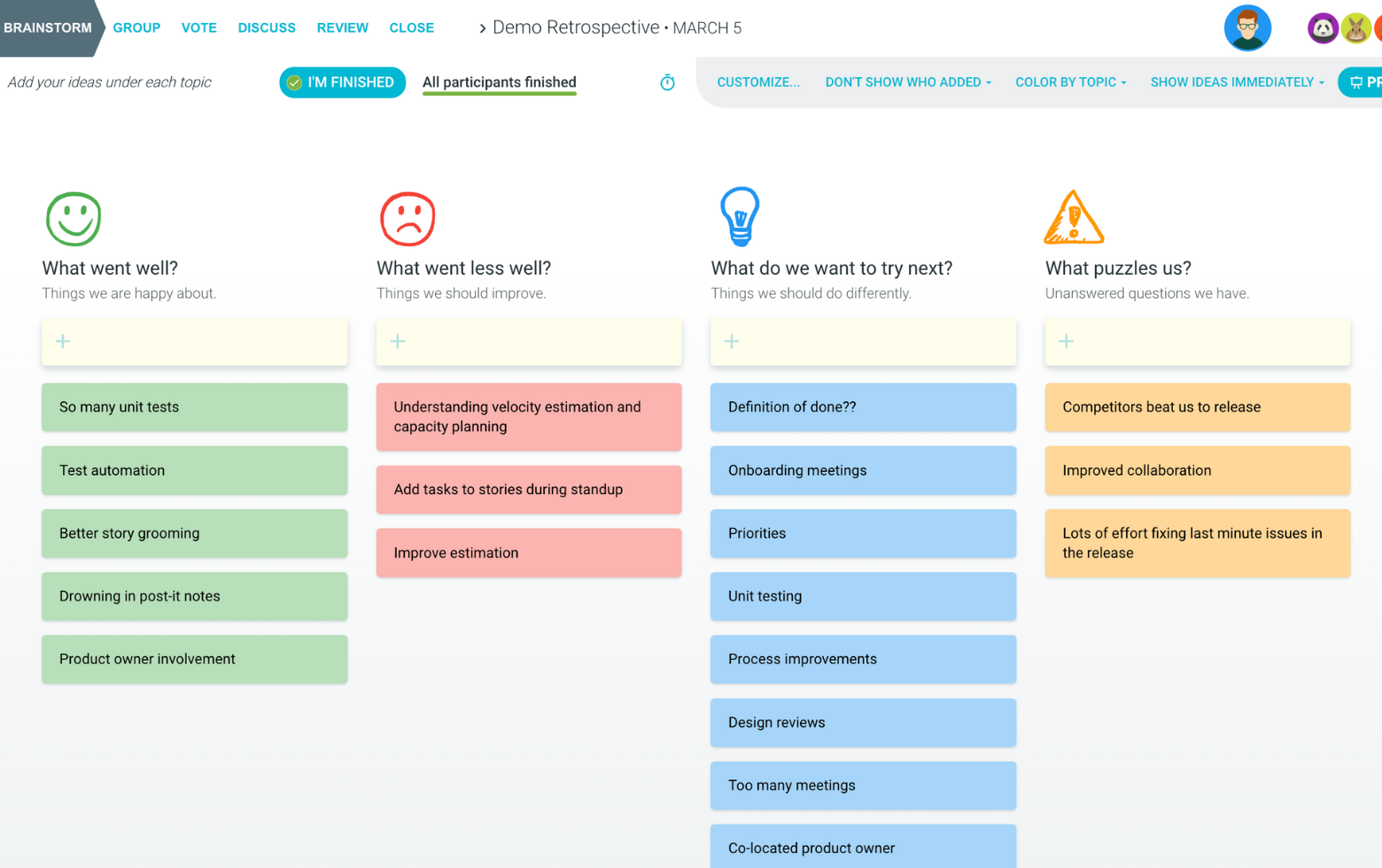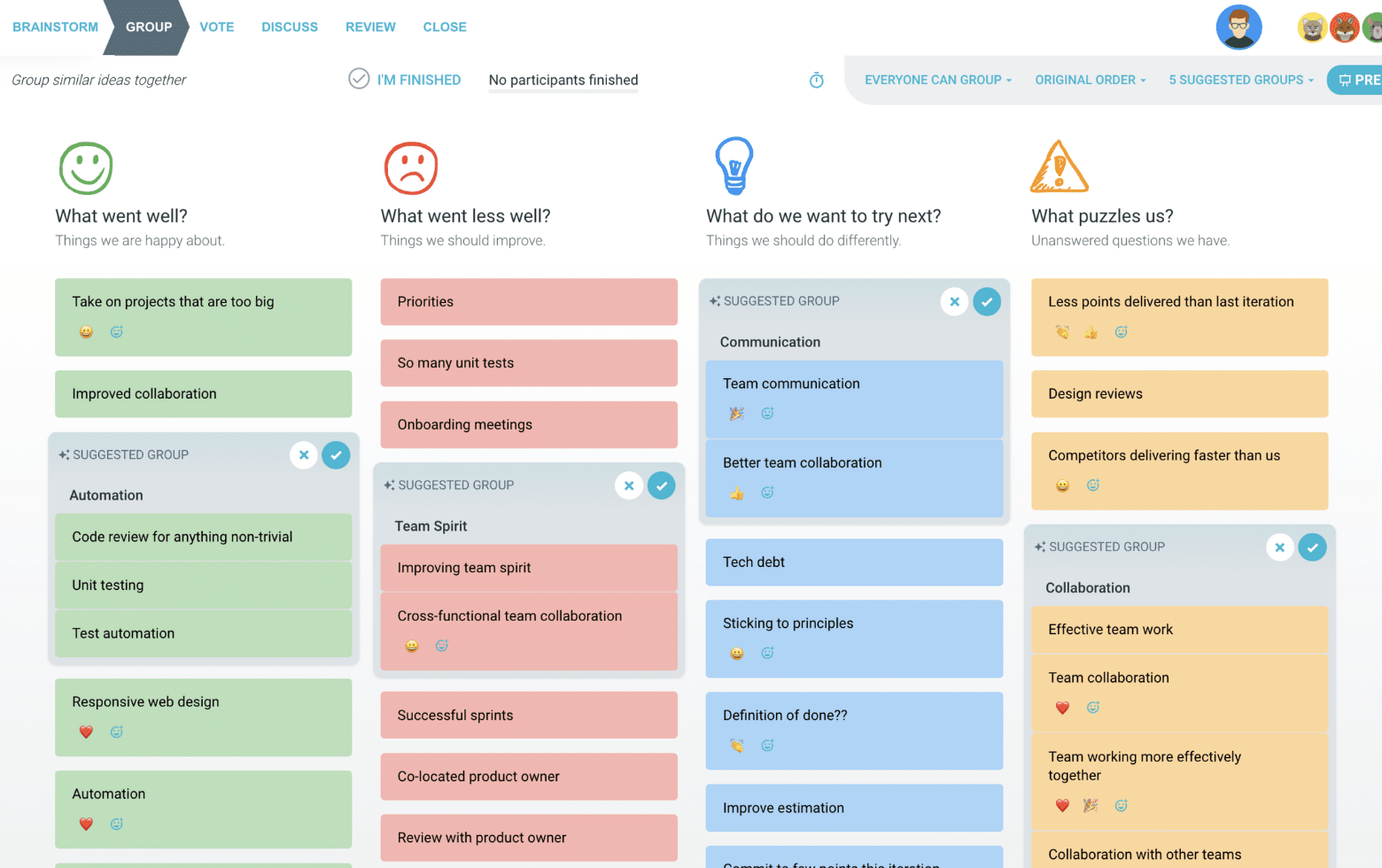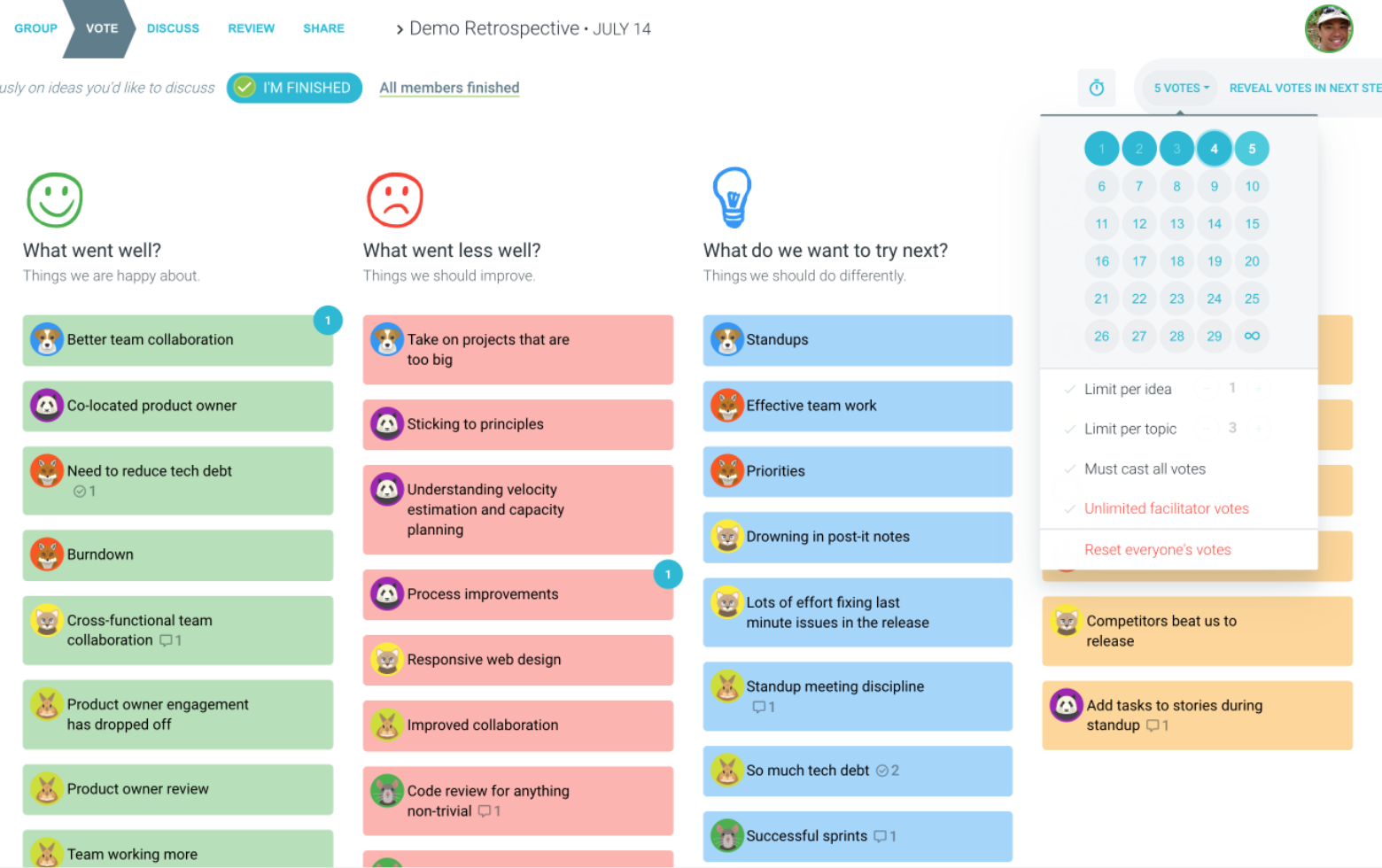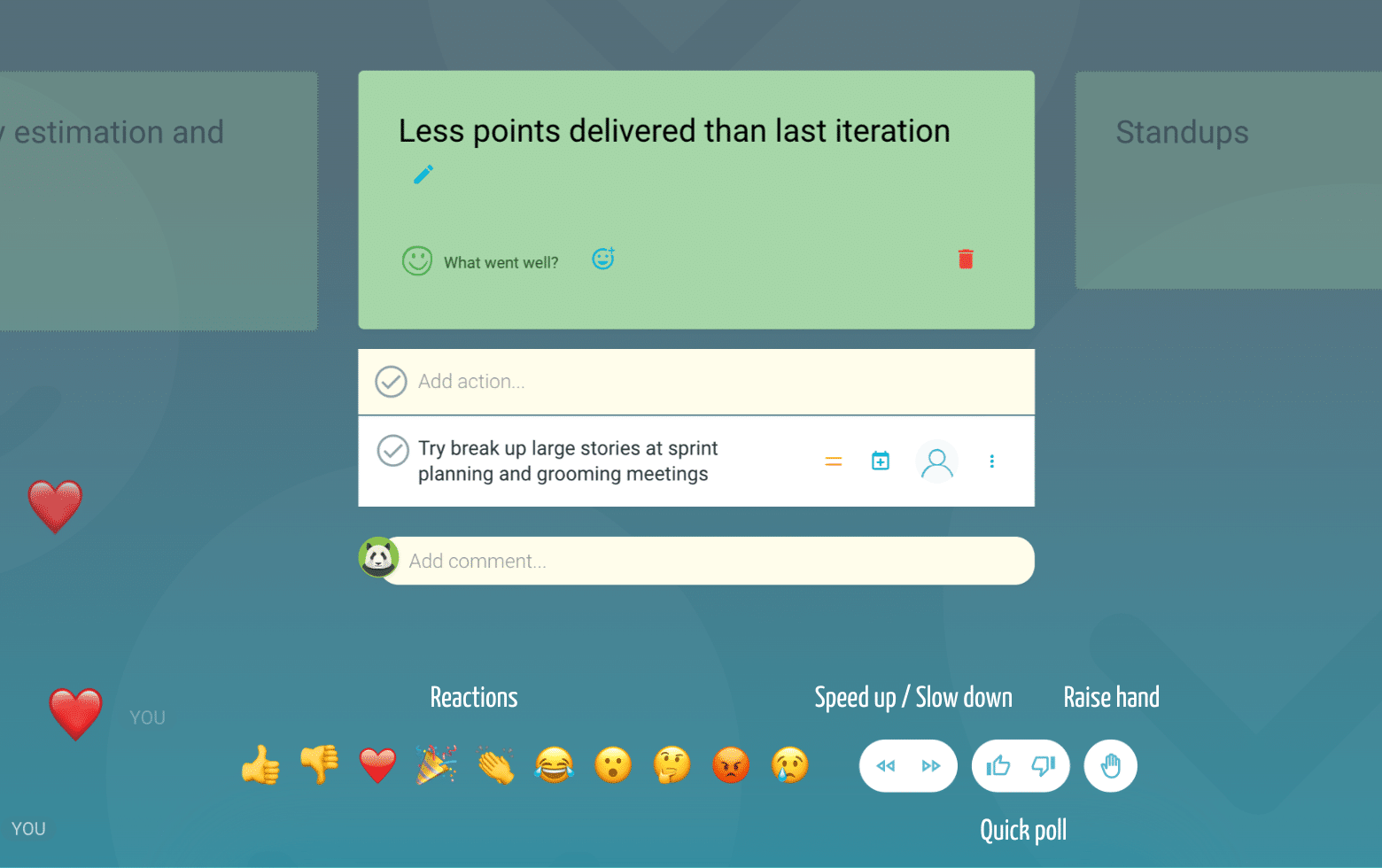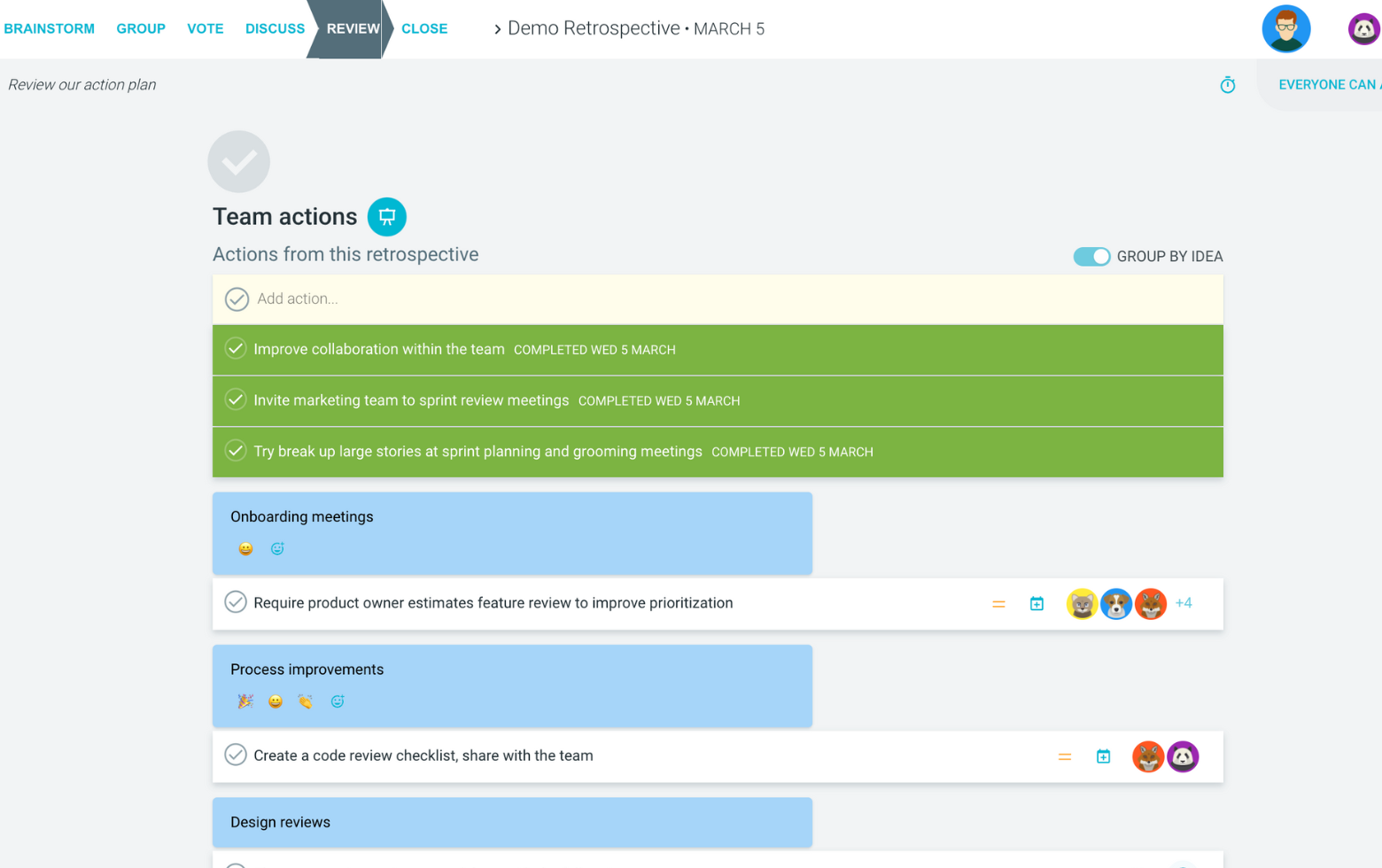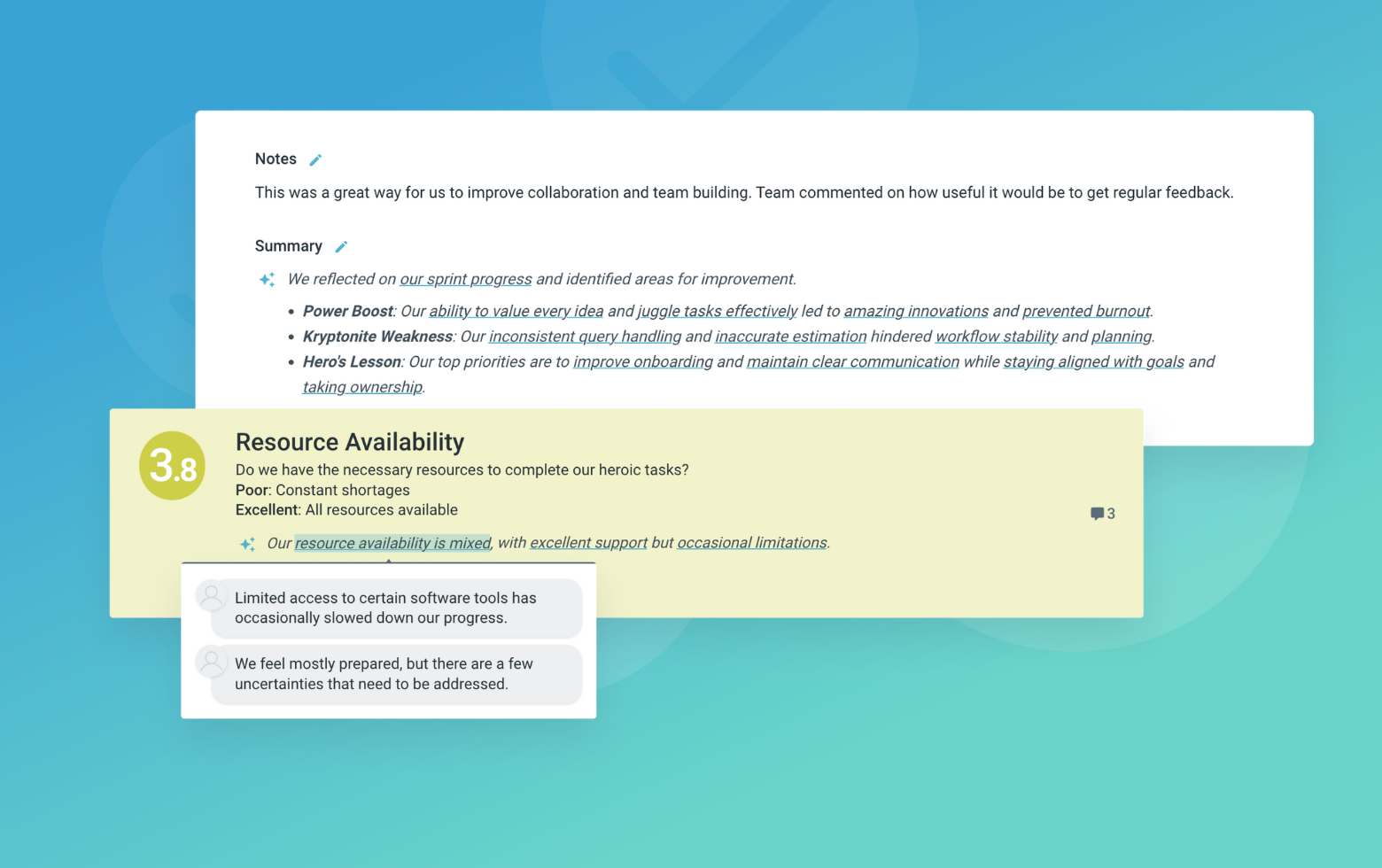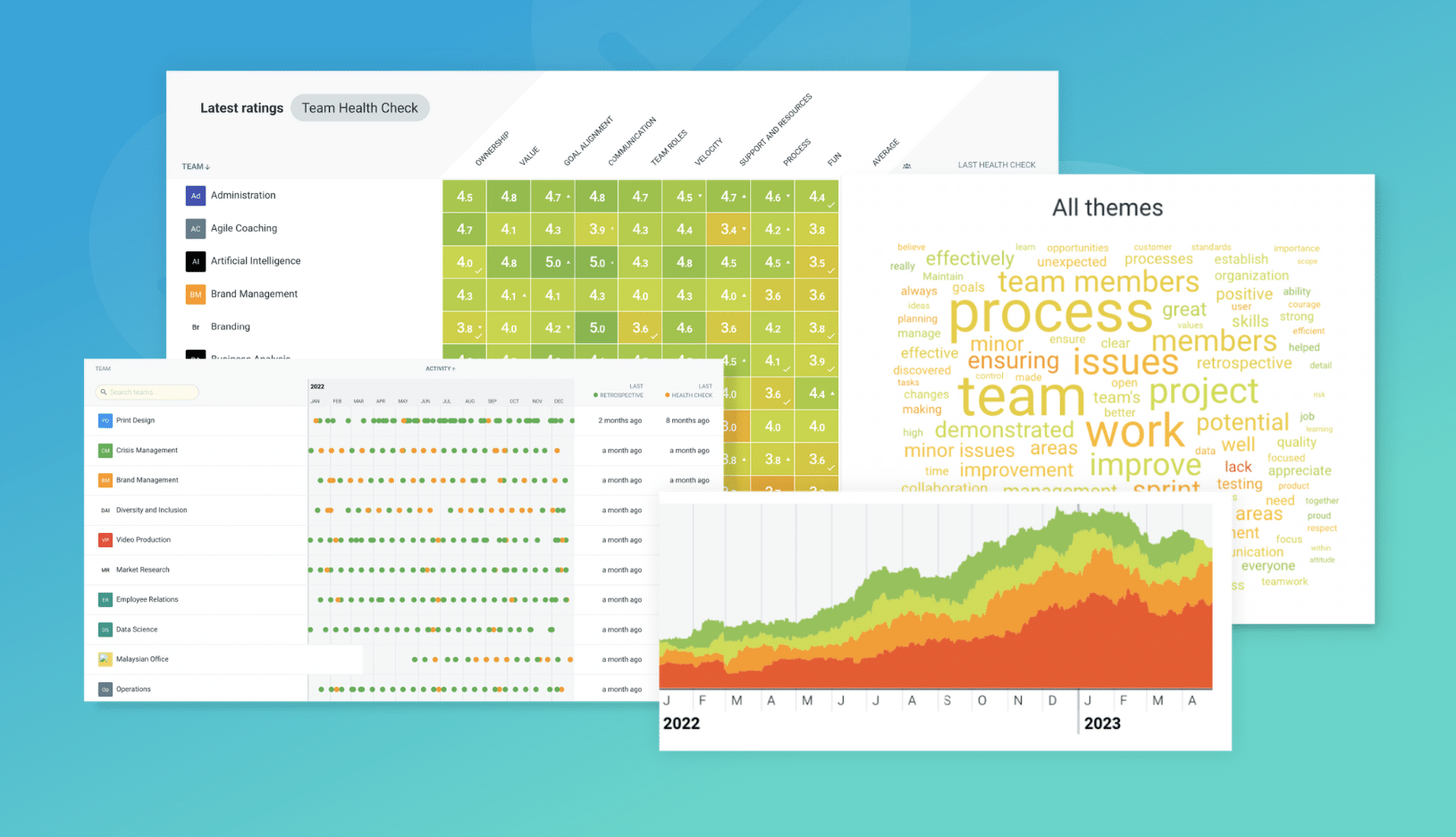What is the SWOT Analysis?
The SWOT Analysis is a tool that supports team building while delivering a review of the internal and external factors that influence a team’s performance. Participants define the (S) Strengths, (W) Weaknesses, (O) Opportunities and (T) Threats they encountered then shape their next steps with these in mind.
The SWOT framework was created by Albert Humphry. Its aim was to support a business strategy within the context of the marketplace. Strengths and weaknesses refer to internal factors while opportunities and threats align to external factors. The framework is now used more broadly to help deliver realistic, attainable objectives while minimizing risk and maximizing efficiency.
The SWOT Analysis works as a team-building activity as it helps team members gain insight into each other. It also translates well into a futurespective that can help shape a high-level strategy going forward.
SWOT Analysis format
Strengths
What advantages do we have over others? What resources, skills and knowledge do we possess? What gives us confidence?
Weaknesses
What weaknesses do we have relative to others? Where are we underequipped? What are our knowledge gaps?
Opportunities
What could we do to exploit our advantages? What can we capitalize on based on our strengths?
Threats
What could negatively impact us? What could threaten our success? What have we seen derail us in the past?
This style of retrospective can be used when your team is having trouble completing a task. Having the ability to see what has been slowing you down and what you have achieved despite this, can be helpful in providing confidence when trying to complete a difficult task.
Suggested icebreaker questions for the SWOT Analysis
- Do you think strengths are more important than opportunities? Explain why.
- Do you see extroversion as a strength or weakness?
- What do you think is the best way to deal with a threat?
Retro Rehearsal
Apply the SWOT Analysis to the recent purchase of a puppy. Define the strengths, weaknesses, opportunities and threats this may reveal.
With the input in mind, after buying a puppy, what would be your next step?
Ideas and tips for your SWOT Analysis
- Looking for a way to disrupt groupthink or not let a good idea go to waste? Why not give an asynchronous SWOT Analysis a try! As well as offering your team a platform to focus on the project priorities, it allows team members space to contribute their own thoughts in their own time.
- Keep your team agreements in view during your retrospective. Remember you can add to them at any time.
- Seeking to support a psychologically safe space? Switch up your retrospective to allow participants to offer their input anonymously – all voices will be heard at the same volume and ideas rather than the person who suggested them will be the focus.
- Make the most of your presentation mode and drill down into ideas at the brainstorming, grouping as well as discussion stages of your analysis. This will let those who contributed the input the chance to explain and feel heard.
- Use the way teams vote to manage priorities. This allows you to discuss key items and then move them into the relevant groups or columns as needed.
How to run a SWOT Analysis in TeamRetro
Start Your Session in a Click
Log into TeamRetro and choose your template. Customise questions and the workflow to create your perfect retro for your team.
Create Your Team Easily – No Separate Accounts Needed
Brainstorm Individually – Free From Bias
Smart Grouping for Faster Insights
Fair, Flexible, and Fast Voting
Engage, React, and Capture Key Insights
Walk your team through ideas one by one with Presentation Mode. Stay in sync, spark real-time discussions, and capture feedback with comments, live reactions, and polls—all in one place.
Turn Ideas Into Action
Propose next steps with team buy-in, get AI-powered action suggestions, and keep everything in one place. Committed actions sync to your personal dashboard and integrate with your workflow tools—keeping you on track.
Save, Share, and Stay on Track
Get quick AI-powered summaries, add facilitator notes, and store retrospectives in your library for easy access. Schedule your next session and track published actions to keep your team accountable at the next retro.
Turn Team Data into Actionable Insights
Uncover trends, common themes, and key engagement metrics at a glance. Track sentiment shifts, analyze conversations, and monitor completed actions to drive continuous improvement.


